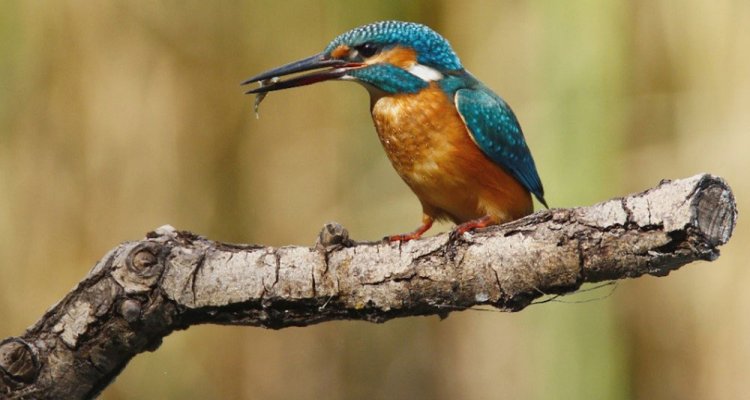
Project
Green versus growth in Amsterdam
Worldwide more and more people are moving to the city and this trend is not expected to change in the coming decades. The result is an increasing demand for housing, preferably near the facilities of the city. This can be at odds with the preservation of green areas in the city. Because green is of great importance for the livability of the increasingly crowded city. How can the balance be found between maintaining green spaces and the need for (affordable) housing?
The municipality of Amsterdam is making housing plans for the years 2025 and 2040. At which locations how many houses will be built is still the subject of discussion and planning. The Groen Platform Amsterdam (GPA) wants the green spaces to be given a full attention in this discussion. To this end, the GPA has asked the Science Shop of Wageningen University & Research to provide a scientific basis for the value of the urban green in Amsterdam, and the possible consequences of future housing plans for this. This is of especial importance with the upcoming Municipal Council elections in March 2018.
The value of a green city three cases investigated
The objective of this research was to investigate the value of city green in Amsterdam on the basis of three cases. The TEEB-city methodology was taken as the starting point for this study. In addition to this - if any methodological limitations of TEEB gave rise to this - additional or corrective calculations have been made. These are based on general guidelines and data for the valuation of green spaces. As no costs for the maintenance of nature have been included in TEEB city, an estimate has been made of the maintenance costs of the city green of Amsterdam on the basis of available data.
With this, Wageningen Economic Research has carried out a valuation study in accordance with the following activities:
- A calculation of the benefits of the city green through the TEEB-city methodology
- Determined additional benefits and carrying out corrections in TEEB-city calculations.
- Cost calculations have been made.
- Discounting benefits and costs.
Furthermore, only benefits have been included where sufficient information was available to enable well-founded data. This means that benefits that may be relevant, but where insufficient information was available, are not included in the calculations. Our research is therefore based on the expected largest benefits of green spaces, which could be estimated in a sufficiently reliable way.
Green versus growth
Two cases focus on the economic value of green that would be lost if homes would be built at the locations concerned. One of these cases concerns the fictitious scenario of the construction of nine tower blocks in the Rembrandtpark. Fictitious, because making the housing plans concrete is still a subject of discussion. But not inconceivable, because the Rembrandtpark has been assigned as a search area for new housing projects. The research shows that the value of the green area that would then be lost is so large that it could well exceed the benefits of the construction of residential towers. In total, the discounted value of the lost green could amount to up to 33 million euros. The loss of green space has in particular a great impact on the residents around the Rembrandtpark. This concerns a loss of income of up to 18 million euros. Other lost benefits of green - such as health, biodiversity and social cohesion - represent a considerably smaller value. The other case in which the benefits of the current green area are valued in economic terms concerns the Volkstuinpark Nieuw Vredelust. In contrast to the Rembrandtpark, there is a real possibility that the Volkstuinpark could be designated as a housing construction location within the next few years.
Although the types of benefits are slightly different from those of the Rembrandtpark, the total discounted economic value of Nieuw Vredelust - 2.4 million euros - is greater than the costs, which amount 1.4 million euros. Especially food production is with 1.2 million euros an important benefit of Nieuw Vredelust. However, in particular because view green is missing in the current situation, the total value is considerably less than at the Rembrandtpark. For the Nieuw Vredelust location it is therefore less likely that the value of this green area is higher than that of housing construction.
However, Nieuw Vredelust can get an important socio-economic value when it would be integrated in the new residential area. We also included a case where small green spaces have been developed in a petrified area. This concerns the scenario for making a so-called stamp park out of the Belgium square. This investment in green has such a favourable benefit-cost balance that it is actually a no-regret measure, as long as it retains the function of public space. The total discounted benefits amount to more than 220 thousand euros, while the costs are only 50 thousand euros. Here, too, view green for residents is with 210 thousand euros by far the greatest benefit.
The value of green spaces in Amsterdam
All three cases show that the value of green spaces in Amsterdam is considerable. In a crowded, intensively visited city like Amsterdam, green is valued extra. Depending on the location and the immediate surroundings, green could have a higher value than residential construction, according to the research. For the municipality of Amsterdam it would therefore be sensible to explicitly include the value of the green in the consideration of where to build new homes. Building plans for new homes must therefore be critically weighed against the possible consequences for green areas. Moreover, green spaces needs to be expanded and developed in a growing city.